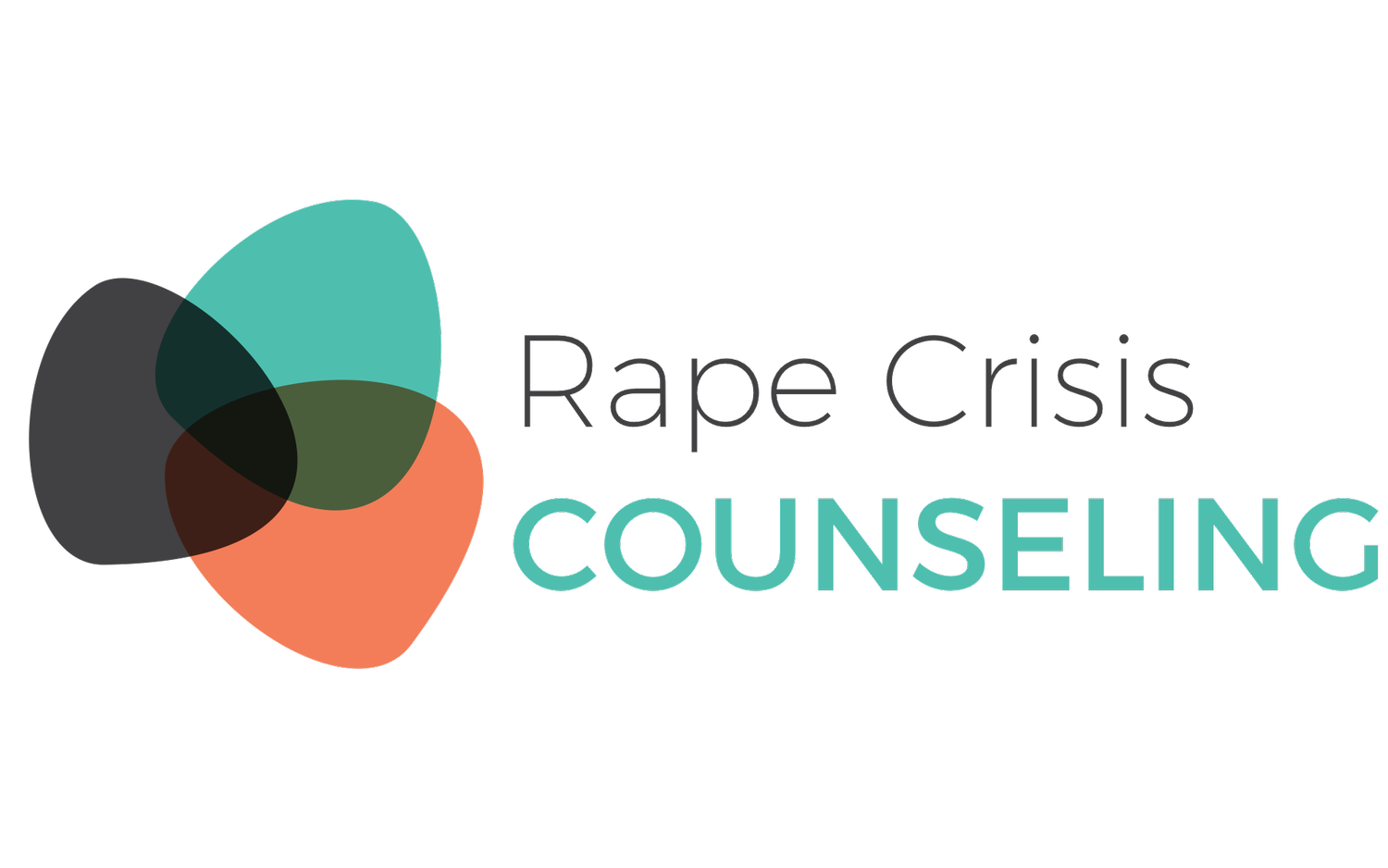4.3.4.10 What Happens to the Evidence?
If the equipment is available, the health center may be able to do the blood work themselves, rather than sending the survivor’s blood samples away for testing.
It’s extremely important that all swabs are transferred to clearly labeled slides, which dry for at least one hour prior to packaging.
In this way, the slides will remain viable evidence over time.
The final step of the forensic exam is to package everything up in the kit and to use red stickers to seal the box as official evidence.
If there are materials, such as clothing, that do not fit into the box provided, use the same red stickers to create a seal around the bag that holds those materials.
The stickers indicate that the evidence has been sealed, and at this point, the chain of evidence passes to the healthcare center who will have their own procedure for what happens next.
The stickers create what is called an ‘integrity seal’, which the healthcare provider will sign with their initials and the date of collection.
The health center may have secure storage for the kits until the police come to claim it as evidence, if a police report is filed.
It’s important for you to know and to communicate to the survivor how long the evidence can be stored at the health center as well as how long the police can store it, as this may play a part in determining when they decide to prosecute.
